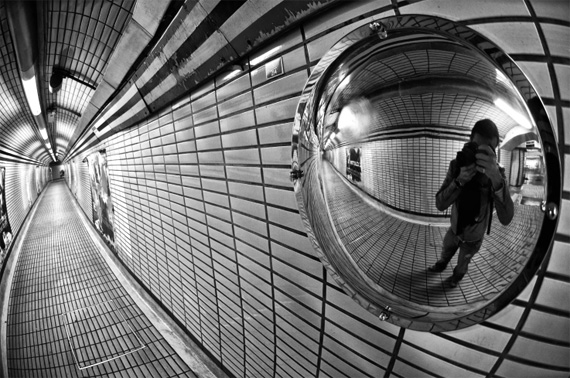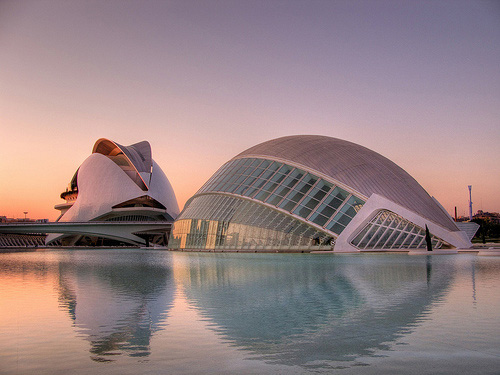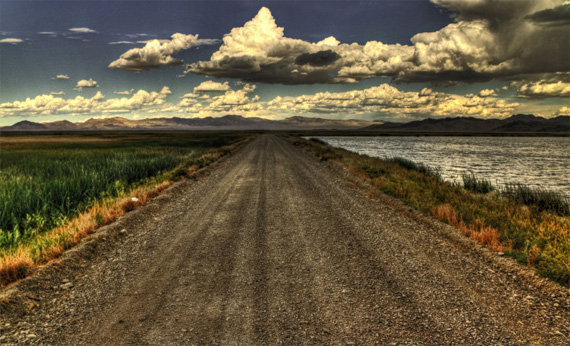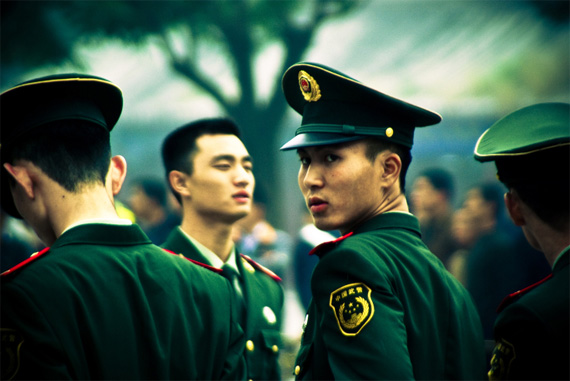When shopping for a DSLR camera, people often overlook or skimp on lenses. Lenses serve as the camera’s “eye.” They determine what and how your camera will see your subject and how well that view is transmitted to the camera’s sensor chip for recording. The way I like to look at camera lenses is as painters’ brushes: broad strokes, medium stokes, all purpose brushes, and small detail brushes.
There’s a lot to learn about lenses and this article will serve as a basic outline to understanding them. The following sections explain the basic types of digital SLR camera lenses, how they work, and how to select them.
Focal Length
The focal length of a lens measures the distance between the lens and the image sensor, in millimeters. Lenses can be classified into subgroups like prime, macro, wide angle, normal, telephoto, and zoom lenses. They’re also rated in regards to f-stop or speed. An example would be a 50mm f/2.0 lens or an 80mm f/1.4 lens. We will explain this later.
Prime Lenses
Prime lenses are fixed focal length lenses, like a 50mm f/1.4 lens. To zoom with these types of lenses, you need to use your feet and get closer or farther away from the subject. Traditionally, prime lenses are sharper and faster than zoom lenses. If you’re on a budget, you can pick up some amazing used, older prime lenses off eBay or your local camera store.
Macro Lenses
Macro lenses are your detail brushes. They enable you to get up close and personal with your subject. These types of lenses are used for extreme close ups on small objects like daisies, pennies, and food.These lenses are also great for selective focus photos.
Wide Angle Lenses
Wide angle lenses are your broad stroke brushes. They have short focal lengths. The short focal length has the visual effect of “pushing” the subject away from you and making it appear smaller. The beauty of wide-angle lenses is you can be relatively close to your subject and fit a broad stroke of the background into the scene.
One problem with wide angle lenses is known as convergence: a distortion that makes vertical structures appear to lean toward the center of the frame. Take test pictures before buying the lens to check for convergence issues. High quality wide angles lenses like Canon L series lenses address this convergence issue well. Examples of wide-angle lenses are 15mm, 17mm, 24mm, and 28mm lenses.
Normal Lenses
Normal lenses try to mimic how the human eye sees and are some of the most versatile lenses you can use. These are my all purpose brushes, and they’re somewhere between a wide angle and a telephoto lens. If you buy just one lens, buy the fastest normal lens you can (e.g. a 50mm f/1.4 lens). Some examples of normal lenses are 35mm, 50mm, 65mm, and some consider an 80mm a normal lens.
Telephoto Lenses
Lenses with long focal lengths—100mm and higher—are called telephoto lenses. A long focal length seems to bring the subject closer to you and increases the subject’s size in the frame. Telephoto lenses also give your subjects a graphic look and flatten them out. These lenses are my short stroke brushes.
Zoom Lenses
Zoom lenses are special because they can be very versatile. These types of lenses vary in their focal lengths. In my bag I carry a 17mm–35mm (my wide angle broad brush), a 24mm–70mm (my medium brush), and a 80mm–200mm (my short brush). With these three lenses I get a very board range of focal lengths for any situation. All of my zooms are at least f/2.8 throughout the lens’s range, which means my f-stop can stay constant while I’m zooming in and out.
These types of lenses are very expensive but you get what you pay for. When shopping for a zoom lens, check out the f-stop range rating. An example is a 24mm–300mm f/3.5–f/5.6 lens, meaning the lowest f-stop you can shoot is at the 24mm range of the lens, and when you zoom to 200mm the lowest you can go is f/5.6. Zoom lenses can give you flexibility and versatility all in one lens. When buying a zoom lens try to get one that is made of glass and is the fastest you can afford; you will not regret it.
Understanding what these different groups of lenses can do will help you make more informed decisions on what lenses to purchase and what to put in your camera bag.
About the Author
Scott Karcich writes for a used digital SLR camera site (www.useddigitalslrcamera.com). They compile information on all brands of digital cameras.
Like This Article?
Don't Miss The Next One!
Join over 100,000 photographers of all experience levels who receive our free photography tips and articles to stay current:










We often get question from our newbies about what lenses they should hire from us, this is a great article and I will be pointing them to it.
Film photographers have done the same things for a long time, by virtue of your darkroom. For the natural artists in photography, the digital age is nothing more than an extension of what we have already been given. – I really like the photos above, especially the mystic mood conveyed by the bottom photo. Good employment. Claretha Mungia